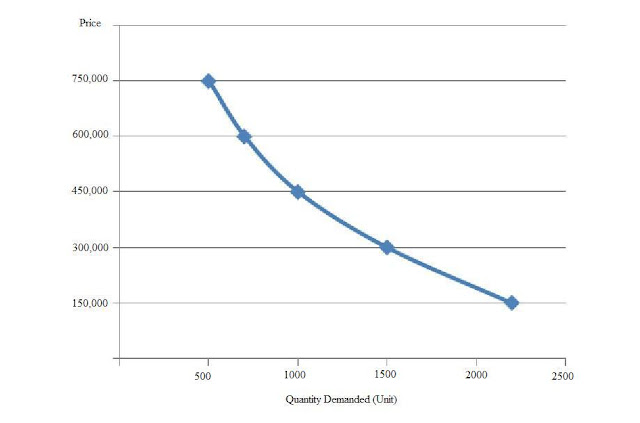According to The Star, based on a nation news it is about “National economy will not be stable if car prices cut, says Nor Mohamed” that return on July 28, 2012 (http://thestar.com.my/news/story.asp?file=/2012/7/28/nation/20120728175936&sec=nation). The strategic director of PKR Mohd Rafizi Ramli said that if
the opposition pact won the 13th General Election, they will reduce
the price of car. But according to Minister in the Prime Minister Department
Tan Sri Nor Mohamed Yakcop, getting rid of taxes for cars would reduce national
revenue by RM7 billion that could affect the infrastructural development. It
also will causes the peole who are living in poor conditions cannot boost theor
lives because money is not available.
If
they really reduce the price of car, it means that the tax for car will be
repeal. It is the only way to reduce the car price. But, is it a good or bad
for us if the government really reduce the car prices? If government really
reduce the car price, it of course will be good news to us. People no need to
buy expensive car anymore and everyone can afford to buy a new car.
As
we know, our country car price is much more expensive compare to the Europe
country or United States. All of this is because of the tax or duty charge by
government on the car. It makes the car price become higher. But, all of these
taxes and duties are the main revenue of government. As what mentioned by our
Minister in Prime Minister Department, Tan Sri Nor Mohamed Yakcop, government
will straight loss about 7 billion ringgit if we get rid of taxes of car. It
obviously shows that government are quite dependant on the money from the taxes
of cars. So, I believe that car prices will not reduce at this moment or maybe
on the future too.
Now,
we will talk about tax. Everything you earn and everything u buys is taxed. Example
is sale tax. Normally sales taxes are added to the bill when you buy something
else. Tax incidence is the division of the burden of a tax between buyers and
sellers. Normally, when government imposes a tax on a certain goods, sellers
will give the burden of the tax to buyers. This is to avoid loss.
Next,
the division of the tax between buyers and sellers depends in part on the
elasticity of demand. Which means that if it perfectly inelastic demand, buyers
will pay the entire tax whereas if it a perfectly elastic demand, sellers pay
the entire tax. A tax drives a wedge between the buying price and the selling
price and results in the inefficient underproduction. The price buyers pay is
also the buyer willingness to pay, which measure the marginal social benefit.
On the other hand, the price seller receive is also the seller minimum supply price,
which is the marginal social cost.
In
the other point of view, we can talk about the supply and demand of new cars
and also the second hand cars. First, we compare the demand of new cars and the
second hand cars. As we know, second hand cars are the substitute good for new
cars. If the price of new cars decreases, it will definitely affect the
substitution goods which are the second hand cars market. If the price for new
car has reduced, nobody will choose to buy a second hand car anymore. It is the
common sense view of new car and second hand car. New car quality is much
better compare to second hand car and the mantainence fee for new car also
lower than the second hand car. So, as long as the price of new car reduced and
it decrease the price gap between new car and second hand car, who else will
willing go and buy second hand car again? On that time, those second hand car
dealers will definitely go bankrupt in a short time.
This
is the demand curve for new car. So if the price of new car decrease, it will
increase the quantity demanded. This will cause the movement down along the
demand curve.
Next,
we will talk about the supply between new car and second hand car. One of the
factors that bring change in supply is expected future price. Once the car
dealers expected the future price for new car will reduce, the return from
selling the good in the future will be decreases and is lower than it is today.
So supplier will increases today and decreases in the future to make profit.
For the second hand car, the car dealers will hope to sell out the entire
second hand car out now before the reduction of new car price started. Thus, in
order to produce efficiently, the producers of new car have to meet the
equilibrium which is the demand and supply is equal.
In
conclusion, if the price of car goes down, I believe that more people are able
to afford a car especially the low income and middle income class. On the other
side, although reducing the car prices will benefit us, buy it may still bring
some side effect to our country too. It may cause the economics of our country
become weak, because of the less total revenue that government earned every
year. Without this revenue from taxes, government can’t operate well. Maybe on
that time all of the facility in our country will become very poor because
government didn’t have money to maintain those things. Besides that, the
traffic jam problem will become worst. If everyone can afford to buy a car, it
will make the usage of car in our country increases. On that time, everyone
will drive their own car to work or go anywhere, no one are willing to use the
public transport anymore.










